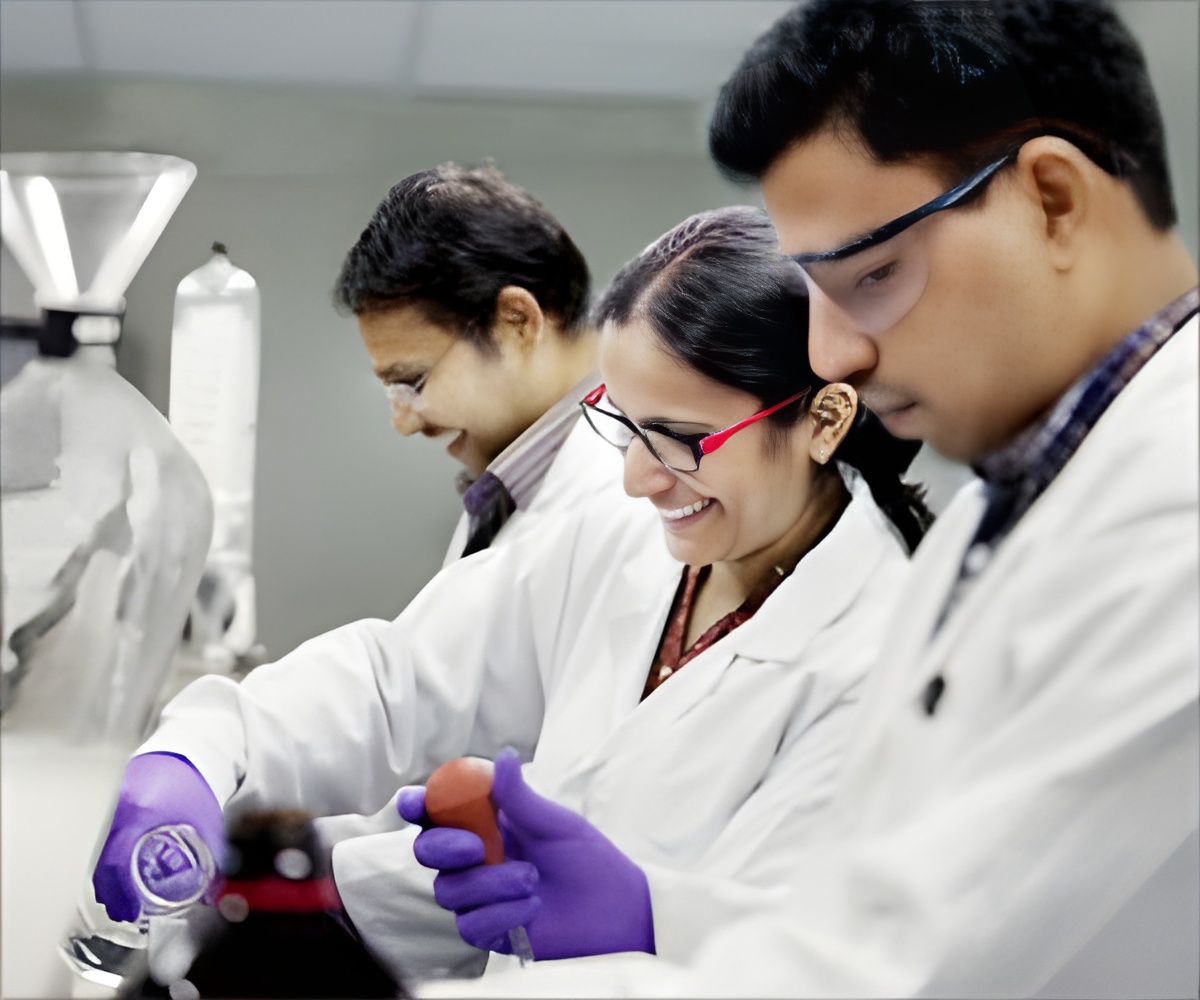On World Immunization Week 2014 Dr. Davinder Gill, CEO, Hilleman Laboratories speaks on addressing the challenge of taking existing vaccines to the unimmunized in India and other developing countries.

Q. Could you explain thermostability technology and how this will help improve coverage of routine Immunization in India?
A. Many first-generation vaccines have not been developed with the specific needs of countries with poor infrastructure for vaccine delivery in mind. This is a much needed exploration of how to tackle one of the greatest public health and logistics challenges in the developing world - costly, difficult-to-maintain refrigerated shipping paths from the manufacturing plant to the patient.
At Hilleman Laboratories we are developing innovative technological interventions around thermostability which is a definitive solution to the low coverage of the Routine Immunization in developing countries like India. The thermo-stable property of vaccines enables them to withstand tough climatic conditions of countries in Asia and Africa.
According to a recent McKinsey & Company report, one of the key constraints of enabling deeper vaccine penetration in India is attributed to limitations in distribution, public health delivery system and supply. Distribution is hampered by an inadequate cold chain and constraint to last-mile distribution, which has limited penetration of basic vaccines to 60-70 percent.
Though vaccines have transformed public health throughout the world, for children in particular, the burden of vaccine preventable disease in India is still substantial. Close to 2 million Indians died of vaccine preventable diseases in 2012. This heat stability technology will enable ease of transport for deeper penetration of vaccines.
A. With a quarter of the current birth cohort left unimmunized in the country, India severely lags behind even when compared with lesser developed nations as well as its immediate neighbors. According to WHO, 70% of the world's 22.6 million unimmunized children live in 12 nations, with India home to the largest chunk of 6.9 million. According to the Immunization Report by UNICEF and WHO, against the 67% cover in India, our neighbors boast of a much higher coverage - Sri Lanka tops the list at 97% followed by Bangladesh at 95%, Bhutan at 92%, Pakistan at 88% and Nepal at 85%.
Q. Any specific compliance or regulatory requirements set by the government of India in implementing your vaccination project?
A. No. Currently, we are not aware of any specific compliance or regulatory requirements set by the government of India. As a vaccine company we adhere to the usual quality compliance regulated by the government.
We at Hilleman Laboratories are in constant touch with regulatory bodies and policy makers in the country. With the vision to achieve 95% coverage of Expanded Program of Immunization in India which will merit 70 – 80 million doses annually, one point that has constantly resonated during these discussions is the fact that an important primary approach at Hilleman Laboratories is bringing in innovation to act as a catalyst in bridging the gap between academia and product development by increasing the efficiency of existing vaccines with heat stable, easy to use, affordable and novel packaging features.
Since we are not completely redesigning well established vaccines with requisite industry regulation compliance, these vaccines with interventions like thermostability may be easier to develop, can be quickly moved through the regulatory process and at the same time be cost-effective and fill the need of affordable innovation. Thus, reach the vast pool of unimmunized in the country in a timely and affordable manner.
Q. Can you elaborate on some of the challenges you preempt during the implementation of your products?
A. There are some evident challenges that we anticipate during the implementation of our products. The foremost being the scale at which the immunization industry operates. Be it in the form of number of unimmunized children or the varied geographies, such factors compel the system to maintain a status quo or continue with the existing state of affairs. What we need to do here is move away from the status quo and be more aware from the field perspective, focus on training and knowledge sharing. At Hilleman Laboratories, we are working for low-cost systems, easy to use so that the vaccine and the diluent are all in a single container closure and easy for the field worker, to be reconstituted and delivered to the child.
But here I would like to mention the second challenge we are making best efforts to reduce - Affordability. There are several conditions wherein technological interventions and innovations can actually lead to high pricing. But ultimately innovation balanced with affordability will bring us closer to our overall vision of increasing accessibility and affordability of vaccines in developing nations.
Q. What are you currently focusing on, in Hilleman Laboratories, in your vaccine research division?
A. Hilleman Laboratories is focused on creating an innovative and sustainable vehicle for the development of high impact, safe, and affordable vaccines for developing countries in areas of unmet health needs. It also seeks to develop optimized vaccines, where existing products may be re-engineered to achieve greater impact in resource limiting environments. Based in India, the organization will facilitate engagements and partnerships with a broad range of experts in vaccine research, policy and manufacturing to develop and mature its R&D pipeline.
The R&D efforts at Hilleman Labs primarily focus on diseases prevalent in developing nations giving priority to vaccines that have not attracted significant academic or private sector research attention but target diseases with significant burden on developing nations.
Q. In a nutshell, can you summarize Hilleman Laboratories’ operating model?
A. Hilleman Laboratories, an equal joint-venture partnership formed between Merck & Co. and Wellcome Trust is a not-for-profit organization focused on bringing in innovation to act as a catalyst in bridging the gap between academia and product development, leveraging a cadre of talented scientists from around the globe.
Our expertise in medical research is targeted towards creating new vaccines in areas of unmet needs as well as adapting existing vaccines for more effective delivery in low income countries. Numerous barriers hamper access to live-saving vaccines for millions of people living in the developing world. First, the lack of commercial return has limited private sector investment in new solutions for diseases that predominantly affect low income countries. Secondly, many licensed vaccines available in the market today were developed and manufactured with industrialized world citizens in mind.
We aim to create a novel immunization platform by employing modern technologies focusing on:
• Thermostability
• Ease-of-administration
• Reduced footprint
• Affordability
Over the long-term, Hilleman Laboratories seeks to collaborate, exchange ideas and build a meaningful dialogue and advocacy platform for vaccine discovery to ultimately strengthen public health systems and immunization programs in developing countries.
Source-Medindia













